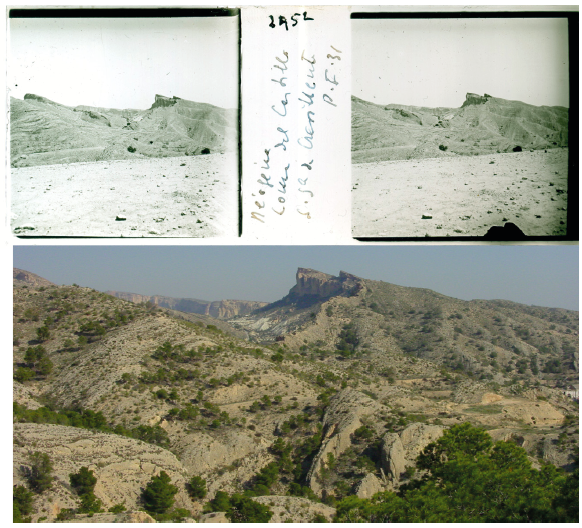Home » Posts tagged 'Bartolomé Dader Pericàs'
Tag Archives: Bartolomé Dader Pericàs
Recent Posts
- Geosciences, Volume 15, Issue 3 (March 2025)
- Paleocene-Eocene evolution of the Prebetics (South Spain) and comparison with other western Tethyan margins
- Detrital signatures of the Ghomaride Culm cycle in Northern Morocco
- The Eocene carbonate platforms of the westernmost Tethys: a review
- Cenozoic tectono-sedimentary evolution of the external rif chain (Morocco)derived from mudrocks
Archives
- March 2025
- February 2025
- January 2025
- December 2024
- November 2024
- October 2024
- September 2024
- August 2024
- May 2024
- April 2024
- February 2024
- January 2024
- December 2023
- November 2023
- October 2023
- September 2023
- June 2023
- April 2023
- March 2023
- September 2022
- August 2022
- June 2022
- April 2022
- January 2022
- December 2021
- November 2021
- September 2021
- February 2021
- December 2020
- November 2020
- October 2020
- September 2020
- June 2020
- May 2020
- January 2020
- December 2019
- November 2019
- October 2019
- September 2019
- August 2019
- July 2019
- June 2019
Categories
- basin analysis
- Betics
- Campo de Gibraltar
- Cenozoic
- Eocene
- foreland basin
- geodynamic evolution
- geodynamic evoluton
- Geological Heritage
- Iberian range
- Italy
- Morocco
- oligocene
- paleogeography
- Paleozoic
- PID2020-114381GB-I00
- Rif
- simulation
- Sin categoría
- Team
- Tectonosedimentary model
- Tethys
- westernmost Tethys
Paul Fallot visit to the Crevillente Sierra on 1931
A compilation of geological landscape images of the Crevillente Sierra prior to the Spanish civil war found in the historical archives have been made. Specifically from the authors Daniel Jiménez de Cisneros and Hervás, Bartolomé Darder Pericàs and Paul Fallot. Many different works have been carried out on the first two authors, while the stereographic photographs of the Paul Fallot Fund in the Archive of the University of Granada are mentioned for the first time.
During the preparation of the Symposium Tribute to D. Daniel Jiménez de Cisneros y Hervás, in 2004, part of the glass gelatin silver emulsions in the Jimenez de Cisneros collection were cataloged and scanned.
Tables are made with the description of the glasses and some images that have been described in previous works are shown. The conservation of this material is worthwhile because you can see how the landscape of the mountains has changed from the beginning of the last century to the present day.

Recent Comments